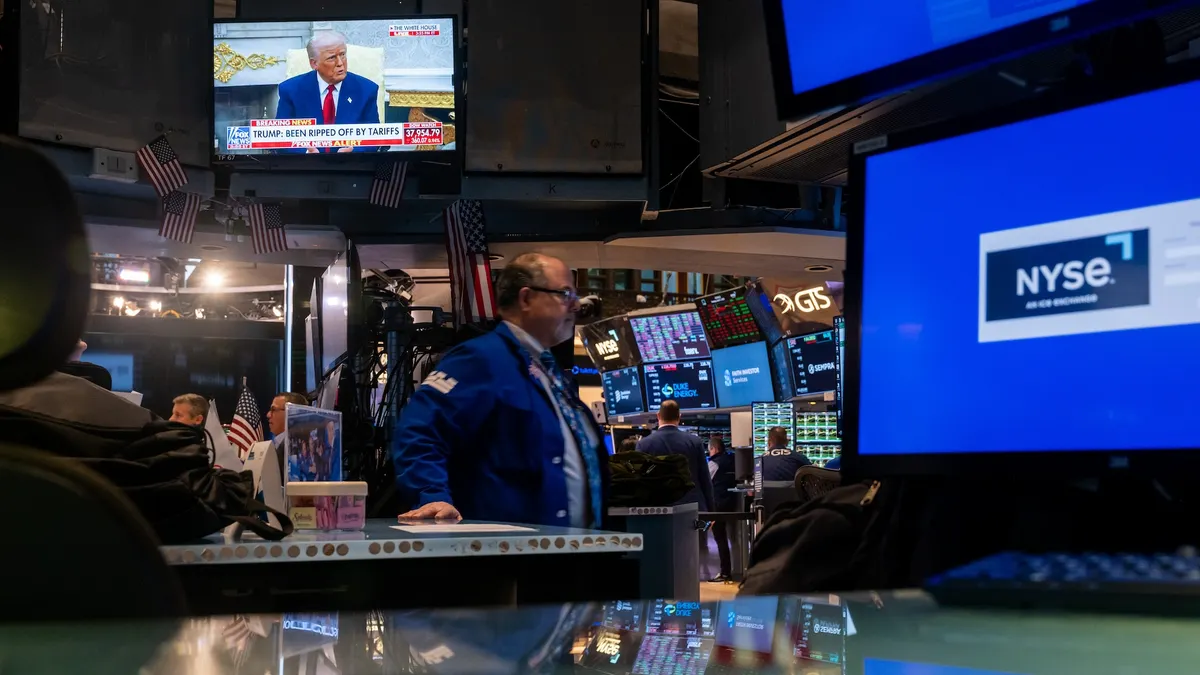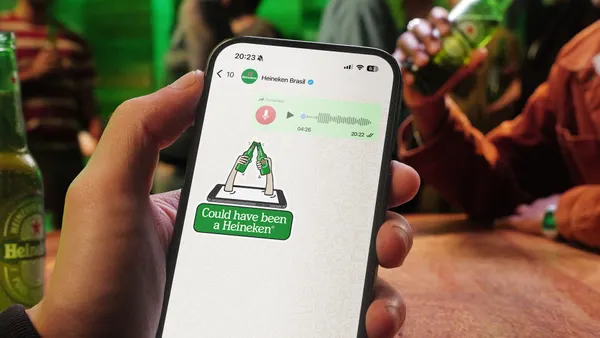Brief:
- Amazon is removing ads that appear on the lock screens of Android phones offered as Prime Exclusive phones, the company announced on its website. Reports suggest the move could be a result of Google's recent ban of lock-screen ads and that Amazon could instead raise the price phones by $20. The ads were said to help keep the price down of smartphones such as the Moto X4 and Nokia 6, but the company wanted to let customers use new unlock technologies such as facial recognition and fingerprint readers, CNET reported.
- A "February 2018 update" will appear starting Feb. 7 that will disable the ads and lock screen offers for customers who already own a Prime Exclusive Phone. Customers need to check that they have the most recent version of the Amazon Offers app installed through the Google Play store to remove the lock-screen ads.
- Amazon said Prime Exclusive Phones will maintain cheaper pricing for Prime members and will be unlocked for users among U.S. carriers, according to CNET. Even with the price increase, the phones will still cost less than their list price, a spokesperson said. The phones also will come with the Amazon Widget installed that includes the retailer's offers and can be removed easily.
Insight:
Google said in late 2017 that it would start banning ads on lock screens of apps unless the exclusive purpose of the app is to be a lock screen.
Per Ars Technica, the ban could apply to Amazon Prime Exclusive phones because the ads are made through the Amazon offers app. One potential way around the ban would be for Amazon to make a lock-screen app and preload it on phones. For now, though, the company is has decided to drop the ads completely. Lock-screen ads were considered a nuisance by most consumers.
Amazon had offered phones that came with ads as a way to keep prices down, but the devices never had a wide appeal and resonated primarily with purchasers focused on buying the cheapest phone available and those wanting a phone optimized for shopping on Amazon. Ads were one of the primary ways that Amazon made money on the phones.
As the e-commerce giant delves more into hardware via Echo and expands its brick-and-mortar holdings, offering smartphones tightly integrated with the Amazon platform would seem to make sense. However, Amazon has struggled to gain significant market share in the smartphone market since introducing the Fire Phone in 2014 with a base price of $200 for the smallest amount of memory. The phone had some flashy features like a display designed to respond to users' eye movements and the capability to show 3D images. Amazon anticipated that the phone would be a mobile cash register for purchases, including movie tickets, e-books or diapers.
Amazon has had better success in tablets than in smartphones, although the total global tablet market has shrunk in the past year by 8%, per IDC data. Apple was the leader with a 26.6% market share in Q4 2017, followed by Amazon (15.6%), Samsung (14.1%), Huawei (7.1%) and Lenovo (6.2%). However, Amazon boasted the strongest tablet growth at 50% to 7.7 million shipments in the most recent quarter. The e-commerce giant offered steep discounts during the holiday season to lure shoppers. Amazon uses its Fire tablets as a gateway to its shopping platform, and has added its voice assistant Alexa to the devices. In addition, Amazon has come to dominate the smart speaker market with its Alexa-enabled line of Echo devices.












